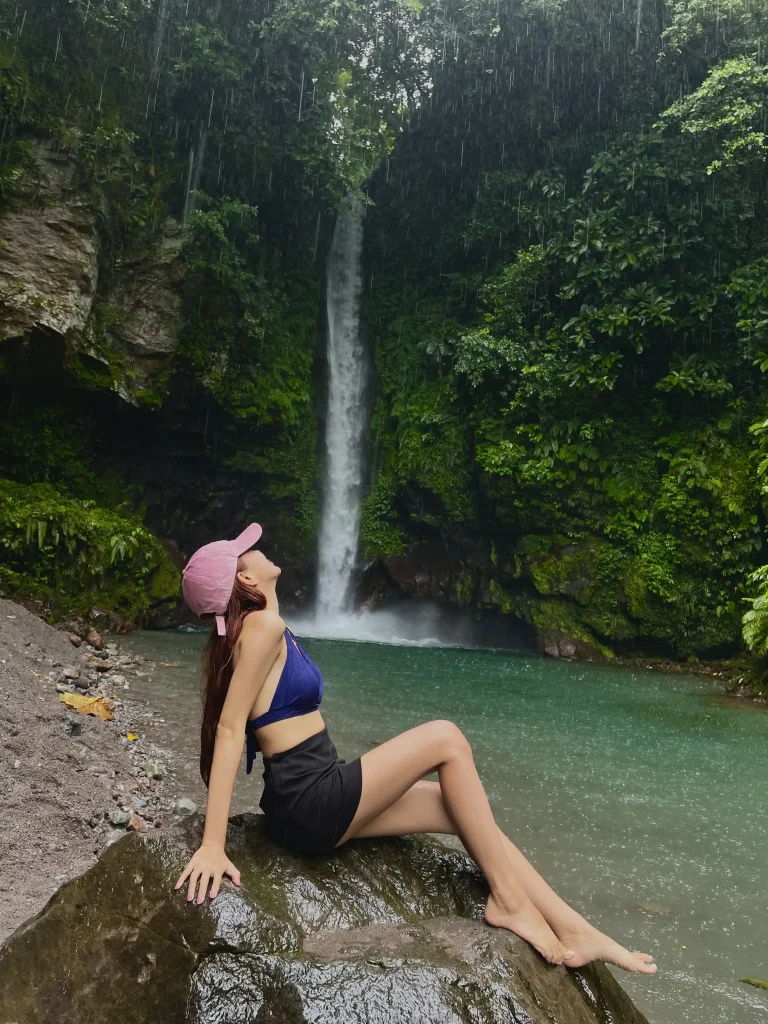
The Ultimate 3 Days 2 Nights Camiguin Itinerary 2025 Planning a trip to Camiguin in 2025? This comprehensive 3 Days 2 Nights Itinerary covers the island’s top tourist spots. From iconic volcanoes and pristine...
Ready to uncover Camiguin’s hidden gems and iconic sights? Dive into my curated travel guides and discover why this island deserves a spot on your bucket list. From waterfalls to volcanoes, I’ve mapped out the must-sees—so you don’t miss a thing.

The Ultimate 3 Days 2 Nights Camiguin Itinerary 2025 Planning a trip to Camiguin in 2025? This comprehensive 3 Days 2 Nights Itinerary covers the island’s top tourist spots. From iconic volcanoes and pristine...
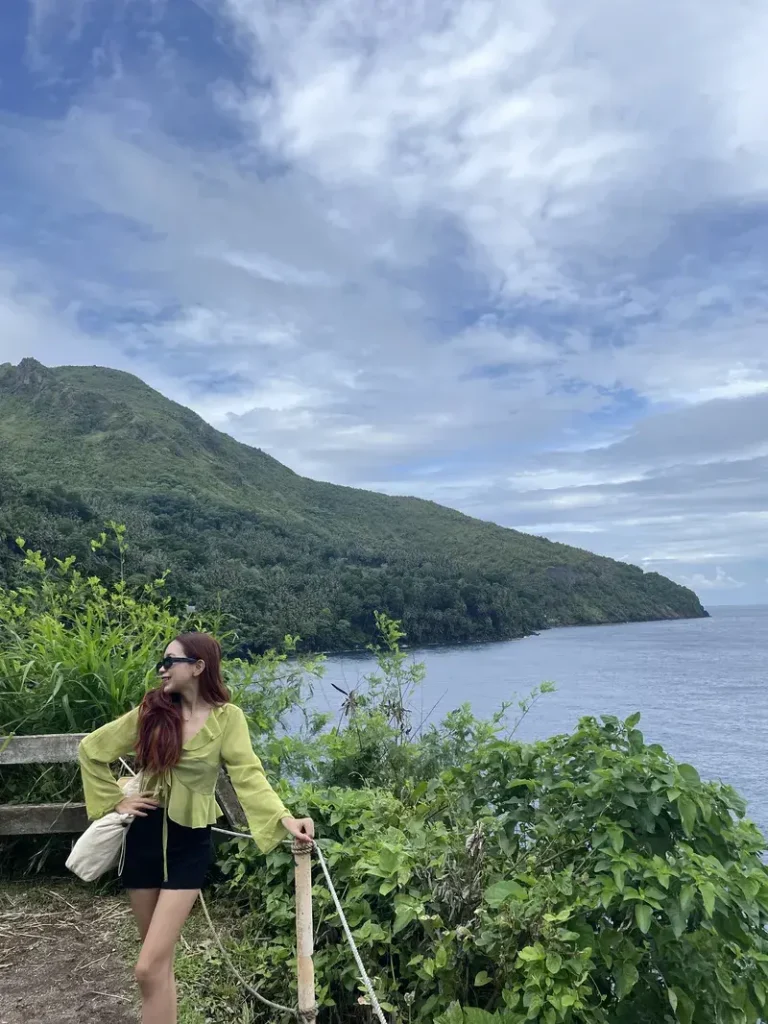
Tongatok View Deck & Cliff: Complete Guide 2025 If you are chasing epic views in Camiguin, Tongatok View Deck and Cliff should on your itinerary. This spot’s got dramatic coastal vibes, killer photo ops,...
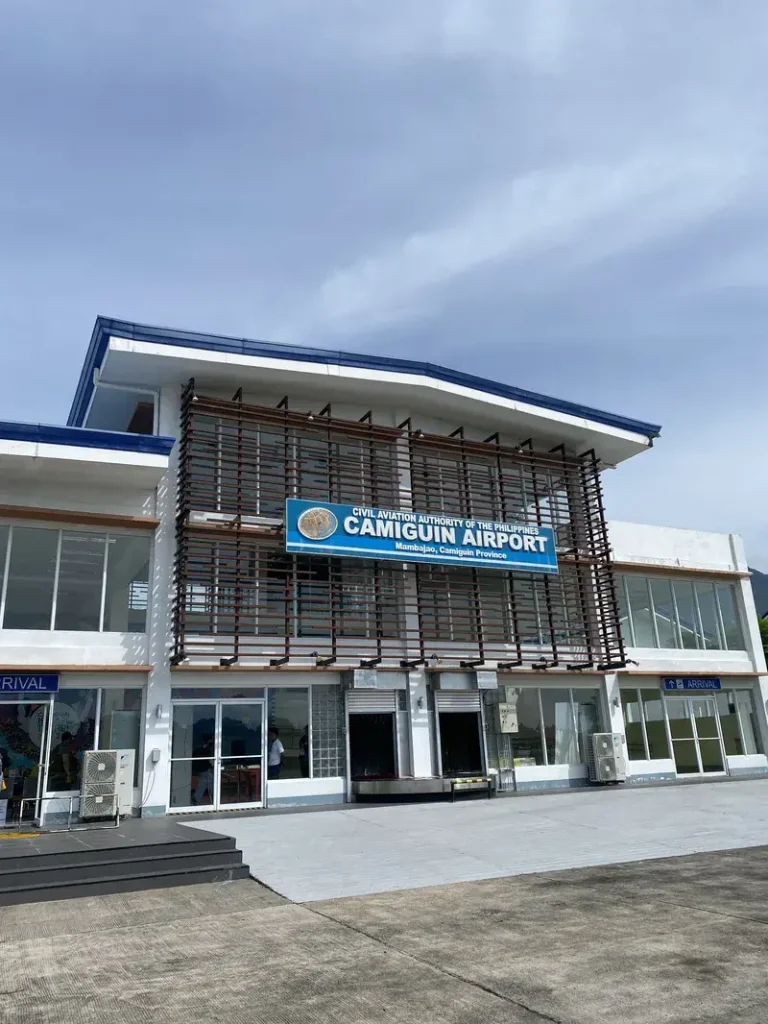
How to Get to Camiguin: Your 2025 Complete Guide Discover Where Camiguin Island is Located Camiguin Island is located in the Bohol Sea, about 6.2 miles or 10 kilometers off the northern coast of...
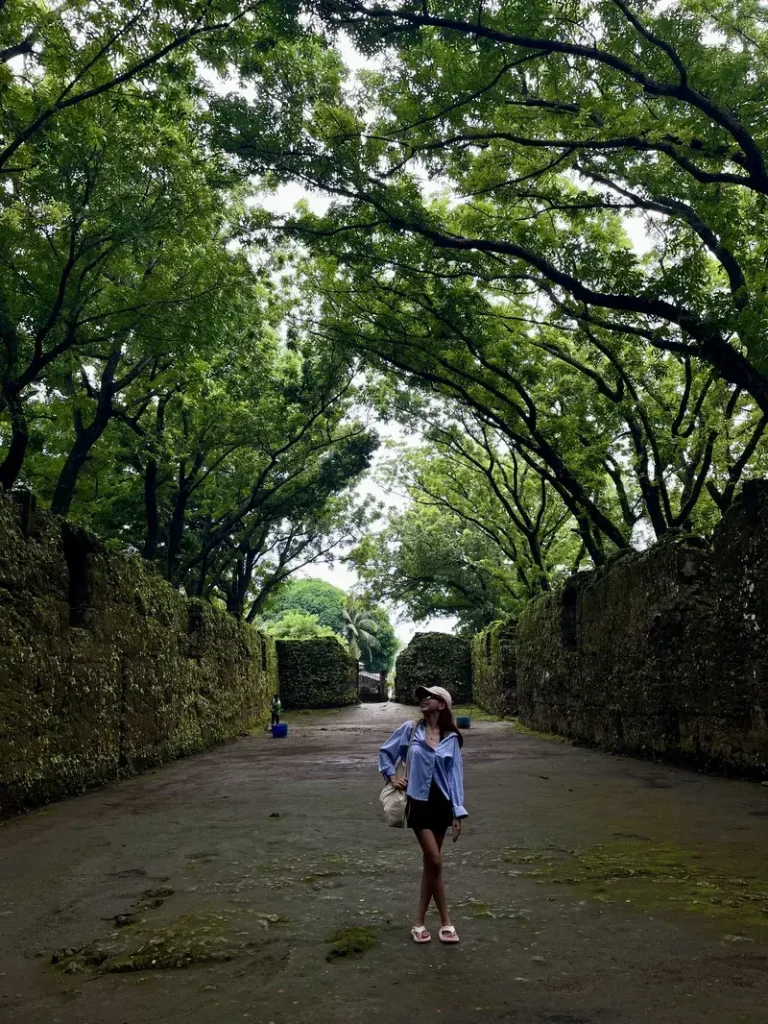
Camiguin’s Old Gui-Ob Church Ruins: Complete Guide 2025 Planning of checking out the Old Gui-Ob Church Ruins in Camiguin? This comprehensive 2025 guide offers essential insights into the site’s origin, its significance in the...

Camiguin’s Bura Soda Water Pool: 2025 Complete Guide Don’t miss the Bura Soda Water Swimming Pool, a unique natural spring known for its refreshing soda-like waters with this 2025 complete guide for your next...
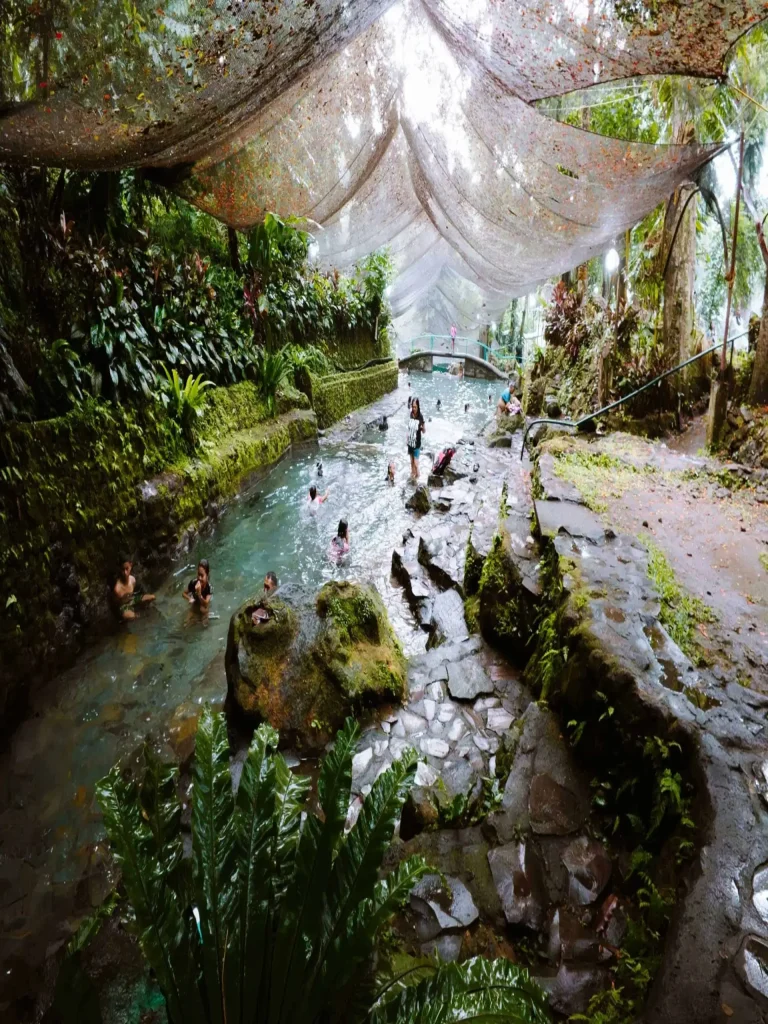
Camiguin’s Ardent Hot Spring: 2025 Complete Guide If you’re planning a chill day in Camiguin’s, Ardent Hot Spring is a must-visit spot, perfect for soaking in warm, volcanic waters surrounded by nature. This guide...

Where to Stay in Camiguin for a Perfect Island Getaway Best Budget-Friendly Camiguin Accommodation for Travelers During our stay on the island, we were fortunate enough to discover this gem, which is conveniently located...
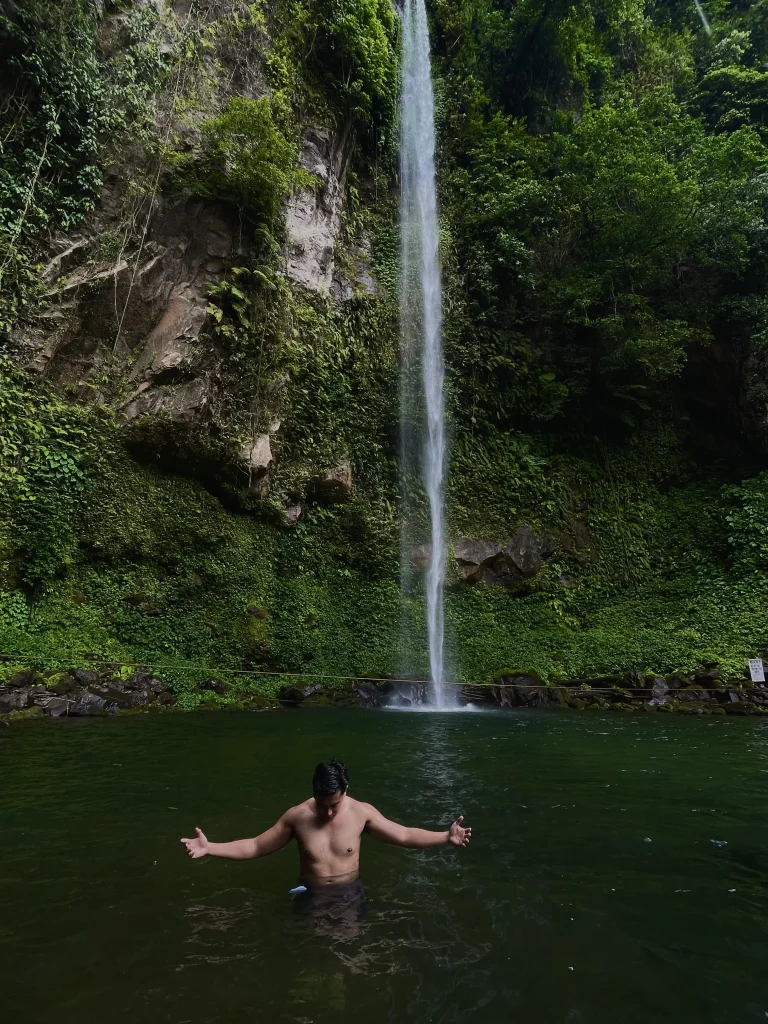
Explore Katibawasan Falls in Mambajao, Camiguin: Chasing Waterfalls Uncover travel tips, entrance fees, best times to visit, and what to expect at Katibawasan Falls, Camiguin’s towering natural wonder nestled in the heart of Mambajao....
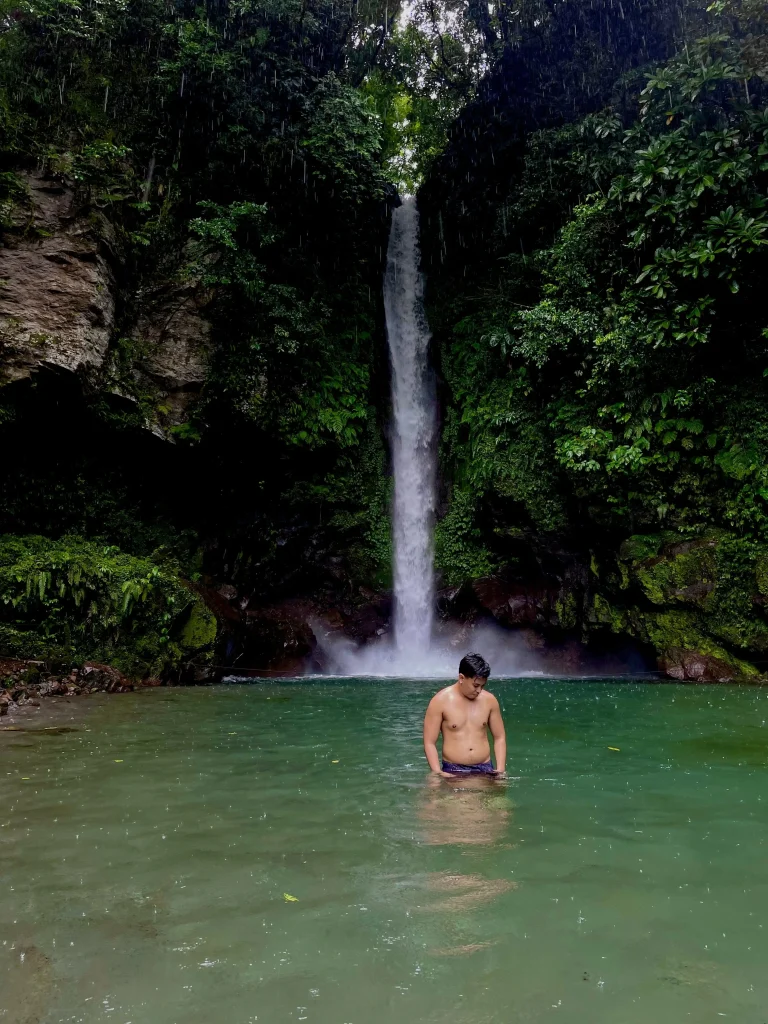
Tuasan Falls Camiguin: 2025 Travel Guide & Updated Fees Tuasan Falls in Camiguin is one of those spots that’s easy to reach but feels like a hidden gem. If you’re wondering about the entrance...
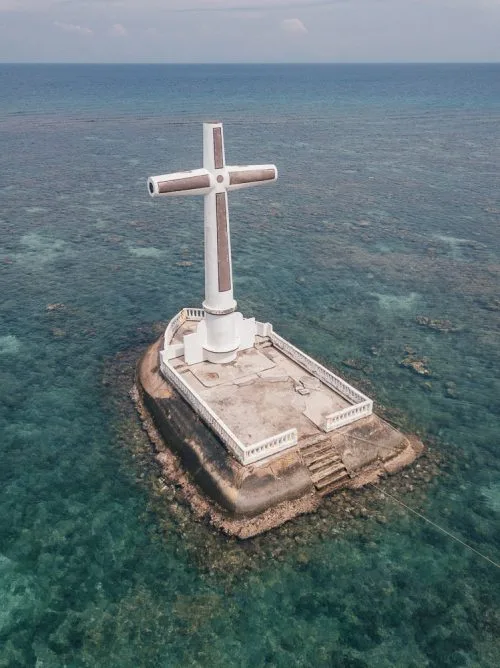
Camiguin’s Sunken Cemetery in Catarman Discover the Sunken Cemetery in Catarman, Camiguin. An iconic underwater site that reveals the island’s volcanic past and cultural depth. Table of Contents History of the Sunken Cemetery Sunken Cemetery...
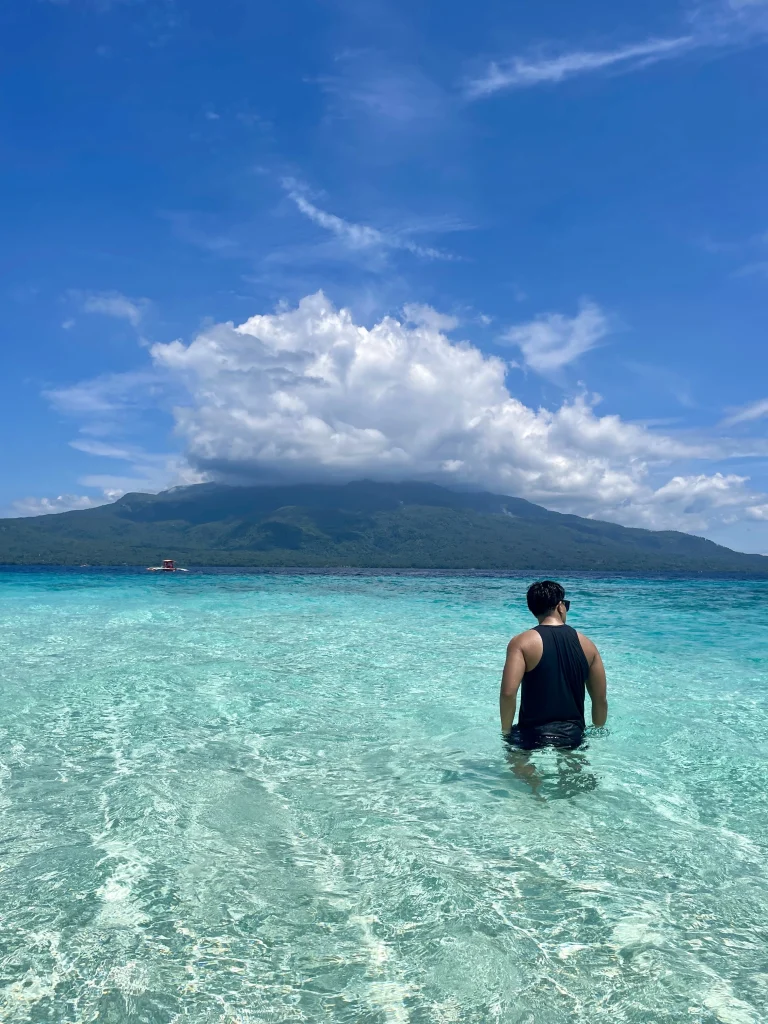
Mantigue Island Camiguin: Complete 2025 Travel Guide Overview of Mantigue Island Mantigue Island in Camiguin is a tropical escape with beautiful coral reefs, clear waters, and soft white sand. This guide reveals its natural...
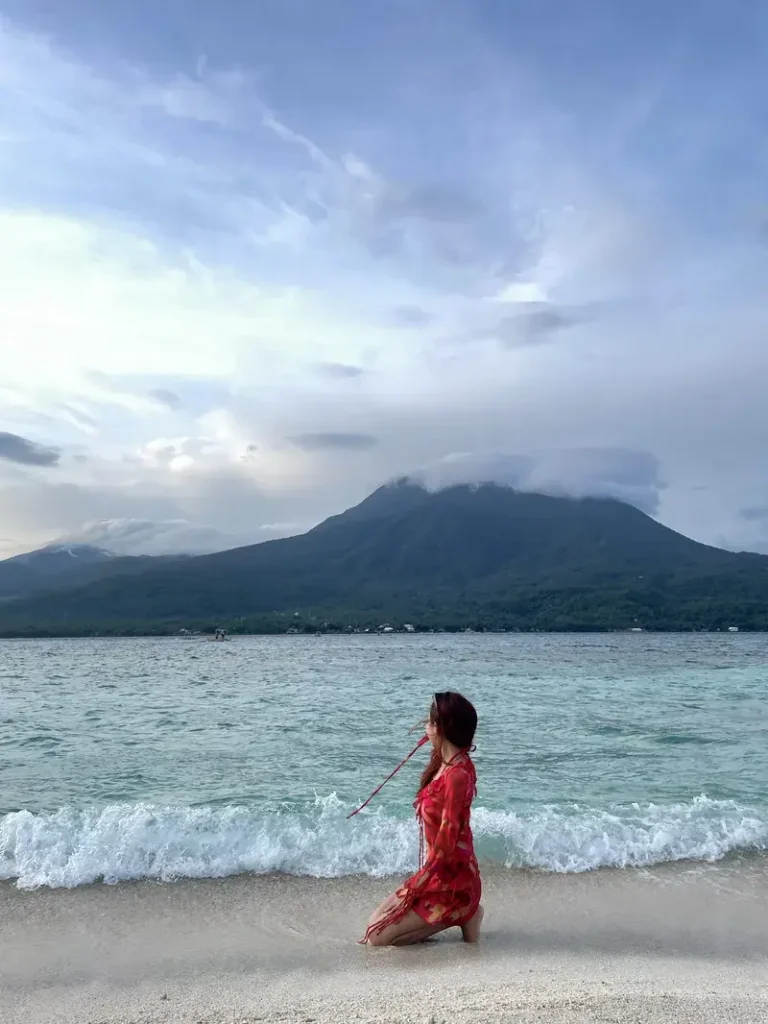
White Island in Camiguin: Your Complete Guide in 2025 White Island in Camiguin, Philippines, is a pristine, naked sandbar with stunning scenery of Mount Hibok-Hibok. This guide will cover all you need to know...
Camiguin Island is a volcanic island province in the Philippines. It is also situated in the Bohol Sea, located 10 kilometers off the northern coast of Mindanao. The island is part of Region 10 (Northern Mindanao), which can be accessed via ferry or direct flight from Cebu.
Camiguin Island, or also also called as the Island Born of Fire, is known for its volcanic landscapes, pristine beaches, and rich cultural heritage. Despite being the second smallest province in the Philippines, it boasts:
Yes, Camiguin is an island province, officially known as the Province of Camiguin. Camiguin became an independent province in 1968, with Mambajao as its capital and largest municipality.
Despite being the second smallest province in the Philippines by land area and population, Camiguin is rich in natural wonders, cultural heritage, and volcanic landscapes, which earned the nickname Island Born of Fire.
Camiguin Island covers about 248.82 square kilometers or 96.07 square miles, with a coastal road that loops around its perimeter, roughly 60 kilometers long.
That means that you can drive the entire island in just 2 hours, but trust me, you’ll want to stop often due to its beauty.
Camiguin Island is home to seven volcanoes which is why the island is called the Island Born of Fire. These volcanoes shaped the island itself, which includes the wonders like hot springs and sunken cemeteries.
Out of these seven volcanoes, Mount Hibok-Hibok is the only and currently active volcano, with its last major eruption in 1951. It is also the most prominent volcano in the island, which rises to 1,332 meters.
The other six volcanoes, including Mount Vulcan, Mount Mambajao, and Mount Guinsiliban, are considered dormant or inactive, but they remain vital to the island’s geological story and cultural identity.
Camiguin Island is officially part of Mindanao since it lies 10 kilometers off the northern coast of mainland Mindanao, situated at Bohol Sea. The island is also part of Region 10 (Northern Mindanao).
But Camiguin is a separate province which means it is politically and administratively distinct from the mainland Mindanao. The island used to be part of Misamis Oriental until it gained full provincial status in 1968, with Mambajao as its capital.
In conclusion, while the island is connected to Mindanao by region and proximity, Camiguin offers unique island experience, volcanoes, waterfalls, hot springs, and pristine beaches that set it apart from the rest of Northern Mindanao.
© 2025 JOSHUA GOES RANDOM. ALL RIGHTS RESERVED. | SITEMAP